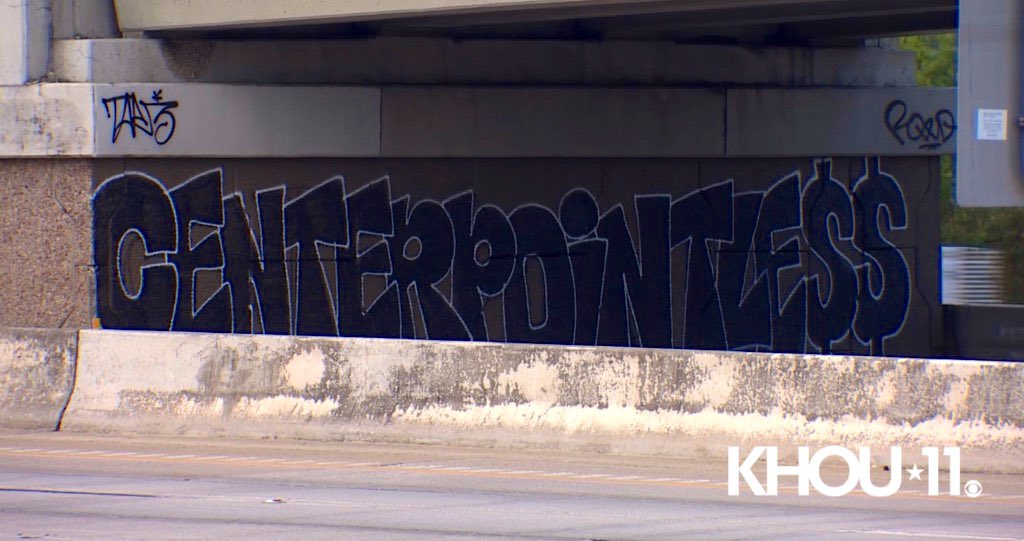I’ve said on multiple occasions as various officeholders have (correctly and justifiably) dumped on CenterPoint that they owe us a list of actual things they intend to do about them. This op-ed by Sandra Haverleh of the Texas Consumer Association is what I’m talking about.
I hope the city and state will identify many potential actions from their investigations. But here is the minimum that we Texans should demand:
- First, CenterPoint must recognize that customers are not ATMs. CenterPoint stock is up nearly 23% since Winter Storm Uri caused the last big outage. In the opinion of many lawmakers, that increase is due to the company’s relentless focus on investors and not customers. The utility can start by emphasizing the swift delivery of information. Tools such as the outage map and restoration map need to be working and accurate.
- CenterPoint must also be transparent and truthful. The company promised that the $800 million it charged customers for massive grid-scale emergency generators large enough to power multiple neighborhoods would help minimize outage impacts. However, on July 11, CenterPoint executives told the PUC that most of those generators aren’t effective in storms such as hurricanes. The generators CenterPoint purchased and that customers are paying for, the CEO recently told lawmakers, are most effective during rolling blackouts, not when lines are lying on the ground.
- The PUC must hold CenterPoint accountable for its failures, starting with forcing the company to move forward with the rate case filed in March. Experts with coalitions of cities served by CenterPoint and other intervenors submitted evidence the company is overcharging customers by about $100 million per year. If the PUC stops the rate case, the overcharging will continue. Additionally, the commission should require CenterPoint to demonstrate that customer payments go toward improving reliability and safety.
- CenterPoint has requested and received multiple rate increases, including two in less than a year. The process to request and approve rate increases is hurried and unclear for ratepayers, the public and even those who work for the regulatory agencies. Reform for this process should start within the PUC.
- The Texas Legislature can’t ignore the big-picture concerns with allowing utilities to increase their rates. State lawmakers can start by repealing SB 1015, written by state Sen. Phil King (R-Weatherford) and strongly supported by CenterPoint. That bill not only made it easier for utilities to increase their rates twice per year, it eliminated any in-depth review by the PUC. At the very least, CenterPoint should have to prove the rate increases are being invested wisely.
- The Legislature should also reform the rate recovery process for electricity-distribution such as CenterPoint. The Legislature granted each of them a monopoly, a generous gift that guarantees them a profit and forces customers to pay them. The timelines for rate cases are too short, the process is antiquated and opaque, and there are no real avenues for public input.
- Lawmakers should also set minimum standards for equipment weatherization and communication that CenterPoint and other electric delivery companies adhere to.
Houstonians must keep consistent pressure on local, state and federal elected officials. Tell them what you expect from your ratepayer dollars. Infrastructure must be built to higher standards, with capable managers and multiple avenues of communication that function at a high level and are easy to understand.
CenterPoint made $6.7 billion in gross profit just last year. The customers have paid more than necessary and deserve reliable infrastructure in return.
That may not be everything you might want, but it’s a fine starting point. Talk to your legislators and your candidates for the Lege and ask them if they will repeal SB1015. Remember that Greg Abbott appoints every member of the PUC. Don’t let this go down the memory hole like too much of Winter Storm Uri appears to have done. We get a chance to do something about this every other November.


Of course Centerpoint has a monopoly on power distribution. You can’t have competition unless you want 10 sets of power lines.
The oped is whiny, and reminds me of the old days when power generation was regulated too, and people wanted reliable power but did not want to pay for it.
Yes, a lot of facts somehow equals whiny.
“…people wanted reliable power but did not want to OVER pay for it.” FIFY.
One thing not mentioned in the oped is that CenterPoint making significantly more for buying or leasing new toys than they do from basic maintenance is baked into the regulated rate structure. This is particularly grating since regular maintenance generally costs less over time than buying new stuff to compensate for deferred maintenance.
I genuinely am curious what is “whiny” about this OpEd, Ross?
Sandie is directly involved as an intervenor, has vast experience with these issues, and clearly articulates shortcomings in the current rate & reliability structure.
In today’s political world, there is no doubt a lot of “whiny” takes, but not seeing any of that in this OpEd.
Whiny is Kim Ogg and the elections, a conference before the indictment about nothing.
If I were a betting man, I would say that the person charged voted in Republican primaries. Otherwise, the Abbott Rangers would have revealed she/he voted in Democratic primaries.
I will wait to see how Ogg is rewarded for endorsing Trump and working with the MAGA cultists.
Pingback: We’re stuck with CenterPoint’s useless generators | Off the Kuff